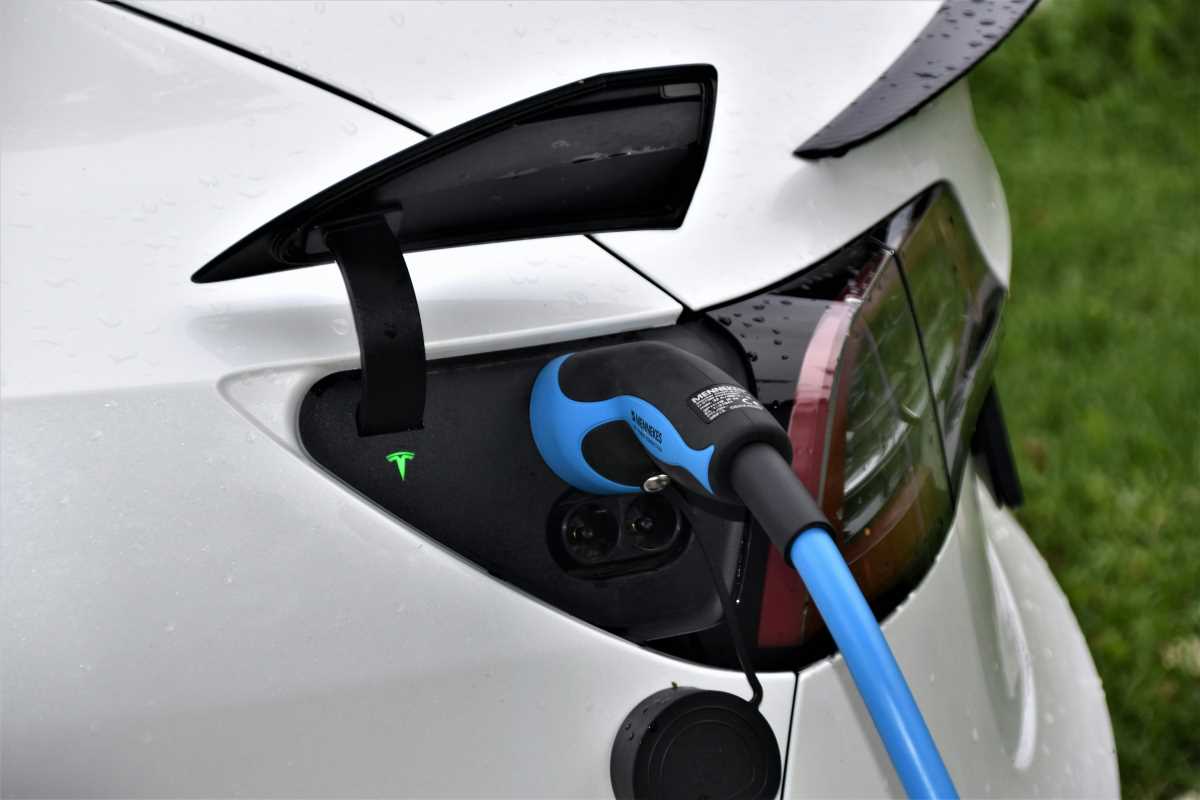Electric vehicles, or EVs, are zooming their way into the mainstream, and with them comes a whole new level of car-owner responsibility. At the heart of every EV is its battery. Think of it as the soul of your electric car, the hardworking power source that ensures you enjoy a smooth, quiet, and emissions-free ride.
But like any star player, it needs a little TLC to perform at its peak. Wondering how to keep your EV battery in tip-top shape? Here’s everything you need to know about maintaining electric car batteries and extending their lifespan.
Understanding How EV Batteries Work
Before we get into maintenance tips, it’s helpful to have a basic understanding of what’s under the hood. Unlike gas-powered cars that rely on internal combustion engines, EVs run on rechargeable lithium-ion batteries. These batteries are similar to the ones in your smartphone, but much bigger (and much pricier).
Lithium-ion batteries store energy chemically and release it as electricity when you push the pedal. They’re designed to withstand thousands of charging cycles, but just like any rechargeable device, they degrade over time. Degradation doesn’t mean your battery goes kaput suddenly; rather, it gradually loses its ability to hold a full charge. Nobody wants their EV to feel “battery-drained,” so proactive maintenance is key.
Avoiding Extreme Temperatures
Lithium-ion batteries are a bit finicky when it comes to temperature, preferring that sweet, moderate middle ground. Extreme heat or cold can significantly affect your car’s battery life and performance. Think of your car as a houseguest that’s happiest in a well-maintained climate.
During scorching summer days, park your EV in the shade or a garage as much as possible to reduce heat exposure. Similarly, in freezing conditions, try to park in a warm garage. Cold temperatures can temporarily diminish your range, making the car work harder to keep the battery warm. This doesn’t mean you have to cancel winter road trips, but be mindful of temperature extremes that could put extra strain on the battery.
If your EV is equipped with thermal management systems (and most modern ones are), these will go a long way in stabilizing the battery’s temperature. Still, minimizing exposure to extreme weather is always a good move.
Charging Considerations for Longevity
Overcharging or draining your battery to its last electric “drop” might seem like a power move, but it’s actually not great for your electric car’s health. Maintaining your battery’s charge within a moderate range is one of the easiest ways to keep it happy.
Here’s the golden rule for EV charging: avoid letting the battery regularly drop to ultra-low levels (like below 10%) and resist the urge to charge it to 100% every time. Most manufacturers recommend keeping the battery in the 20-80% charge range for daily use. Think of it like sipping water throughout the day rather than chugging gallons at once.
If your EV has a long daily commute or upcoming road trip, charging to 100% on occasion is fine, but make this the exception rather than the rule. Modern EVs often include settings to optimize charging, such as timers or target-charge limits, so be sure to use them whenever possible.
Learning How to Use Fast Charging Wisely
Fast charging feels like a lifesaver when you’re on a tight schedule, but it can also be a double-edged sword. While DC fast chargers are incredibly convenient, they generate more heat and stress on your battery compared to slower Level 2 chargers. Over-reliance on fast charging can potentially accelerate battery wear over time.
That said, don’t panic if you rely on fast chargers occasionally. They’re designed to be safe and are especially helpful for long trips. Just try to prioritize slower, at-home charging for routine use. Speaking of which, installing a home charging station can be a game-changer for convenience and battery care. Home chargers allow consistent, slower charging rates, which are kinder to your battery in the long run.
A good rule of thumb is this: fast charging should be your backup player, not your MVP.
Adopting Smart Driving Habits
Did you know your driving style can impact your EV battery’s long-term health? Aggressive driving habits like rapid acceleration and hard braking drain your battery faster and create unnecessary stress. EVs are built for efficiency, so there’s no need to channel your inner race car driver at every stoplight.
Eco-driving techniques can make a significant difference. Try accelerating smoothly and using regenerative braking whenever possible. Regenerative braking recaptures lost energy and feeds it back into your battery, expanding range and reducing wear. It’s like giving your battery a reward for good behavior every time you slow down.
Even things like maintaining proper tire pressure can improve your car’s efficiency and take some burden off the battery. Keeping a steady speed (when road conditions allow) is another simple yet effective habit that conserves energy.
Key Tips to Extend Battery Life
Little changes can make a big impact when it comes to your EV’s battery. Here’s a quick overview of effective, battery-friendly habits to adopt:
- Avoid fully discharging or overcharging your battery regularly. Aim to keep it between 20-80% most days.
- Park in temperature-controlled places whenever possible to avoid exposing the battery to extreme heat or cold.
- Rely on Level 2 charging for day-to-day needs and save fast charging for road trips or emergencies.
- Drive gently, using regenerative braking and controlling speed to conserve energy.
- Keep your software updated. Manufacturers often release updates designed to improve battery performance and extend longevity.
By following these tips, you’re setting your car up for a long, smooth, and efficient life.
Recognizing Signs of Battery Trouble
Despite all your best efforts, batteries can still run into trouble. The good news? Many signs of battery issues are easy to spot before things get dire. If your EV’s range starts dropping significantly without explanation, or your car takes noticeably longer to charge, these could be red flags.
Another clue is unexpected error messages or dashboard warnings. Many modern EVs include diagnostic systems that tell you when something’s amiss. Don’t ignore them! Regular check-ups with your dealership or a trusted mechanic can catch small issues before they become major setbacks.
The Role of Warranty and Replacement
Worried your battery might eventually need replacing? Don’t stress too much. Most EV batteries are designed to last for at least 8-10 years (or longer), and manufacturers typically offer substantial warranties that cover battery degradation. These warranties range between 70-100% capacity over a set number of years or miles, offering peace of mind for long-term owners.
When a replacement is necessary, it’s usually a last resort after years of wear. Advances in technology are rapidly making battery production and replacement more environmentally friendly and cost-effective. Plus, many manufacturers are exploring options for reusing old EV batteries in energy storage systems, giving them a second life.
Riding Into a Greener Future
Maintaining your electric car’s battery isn’t as intimidating as it might seem. With just a few mindful habits, you can keep your EV running efficiently and extend the life of that all-important power source. From optimizing charging habits to keeping your car cool under pressure, simple strategies can have a big impact on performance and peace of mind.
Owning an electric car is already a win for your wallet and the environment. By taking thoughtful steps to maintain your battery, you ensure that your EV stays road-ready and energy-efficient for years to come.







